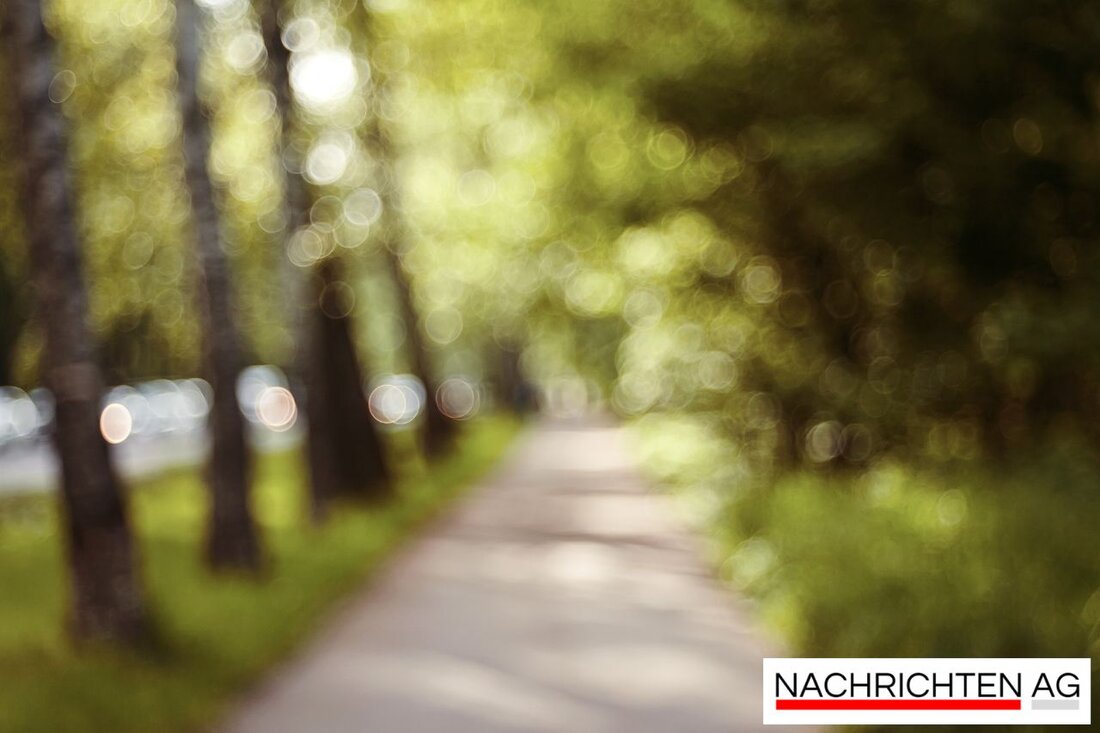Verden citizens fight against overgrown traffic island - city remains inactive!
Citizen Mählmann complains about an overgrown traffic island in Verden. The city promises improvement, but previous measures have failed to materialize.

Verden citizens fight against overgrown traffic island - city remains inactive!
In Verden, an overgrown bed on a traffic island is causing dissatisfaction among residents. Josef Mählmann, who has lived on the corner of Drögen Moor and Trift since the late 1990s, describes the situation as “a complete mess”. Despite several letters to the city, there has been no response so far. Mählmann reports that the traffic island, which originally served to slow down car traffic in the 30 km/h zone, is being neglected. Much to his disappointment, nothing has been done to improve the situation in the last year and a half. Ivy is growing over the area, the contours of the island are barely visible, and his own description as a “Verden weed breeding station” hits the nail on the head.
Two trees used to decorate the traffic island. However, after a hot summer, these are no longer available, and Mählmann has thought about doing it himself. But the fear that his efforts will be removed again prevents him from doing so. Rainer Kamermann, head of department at the town hall, confirmed that the city regularly visits the settlement and keeps a list of defects. When asked why this traffic island was overlooked, Kamermann remains vague, but assures that he will address the problem.
Traffic islands – more than just bed care
Traffic islands, also known as road dividers or protection islands, play an important role in road traffic. They are areas enclosed by the road that are generally not allowed to be driven on. Their design and function are diverse. Among other things, they serve to separate opposing traffic flows in dangerous areas and make it easier for pedestrians to cross streets. These integrating elements of city traffic also contribute to a reduction in speed when entering town and often offer protection for waiting road users such as buses and trams, as can be read on Wikipedia.
The design of traffic islands can vary greatly depending on their purpose. Some are raised and have special curbs, while others can be made of different materials. The outdated RAS-K standard also describes various forms of traffic information islands, some of which can even be driven over by agricultural vehicles.
Strengthen urban green infrastructure
The discussion about the neglect of the traffic island also raises larger questions: The importance of urban green infrastructure is becoming increasingly clear. This concept includes the strategic planning, securing and development of urban green and open spaces. Such spaces are not only aesthetically valuable, but also crucial for the quality of life in cities. According to a brochure from the Federal Agency for Nature Conservation, these areas have a variety of functions in our urban environment - from promoting biological diversity to providing recreational spaces. A well-planned green infrastructure helps ensure that the city remains a place worth living in, as is also explained on the website of the Federal Agency for Nature Conservation.
It remains to be seen whether the city of Verden will take the necessary steps to revitalize the traffic island and thus do justice not only to the residents but also to the overall image of the city. Mählmann and his wife hope for a positive turnaround and that their voice will be heard. Ultimately, a well-maintained traffic island could offer not only aesthetic but also functional benefits for all road users.

 Suche
Suche
 Mein Konto
Mein Konto